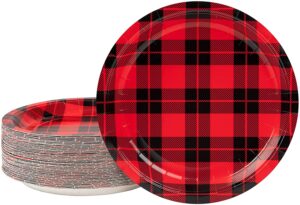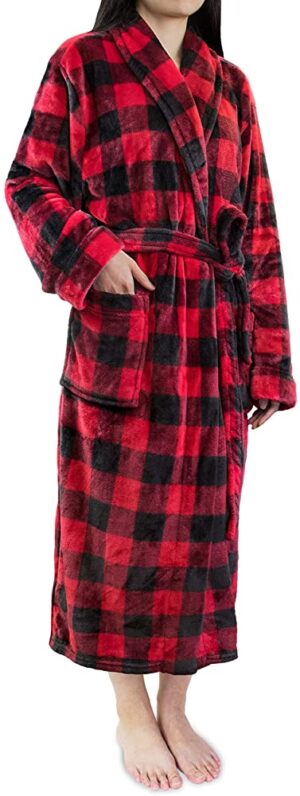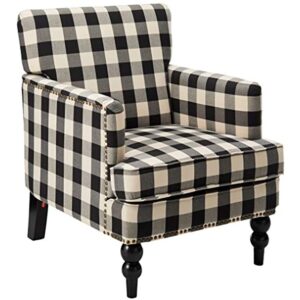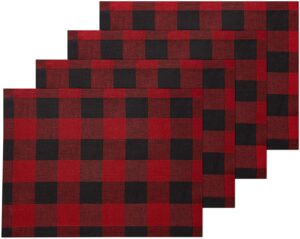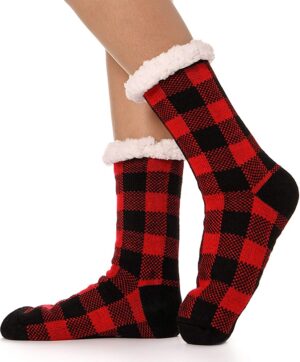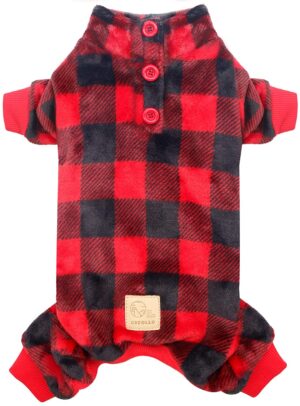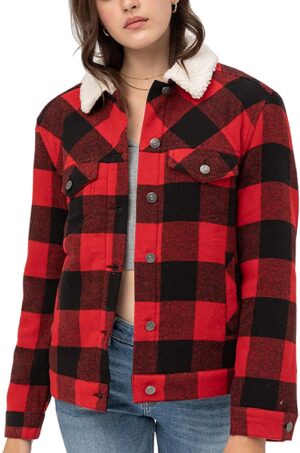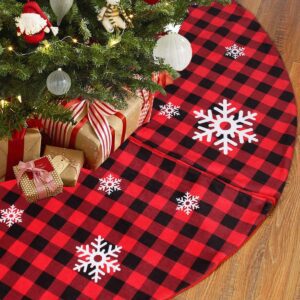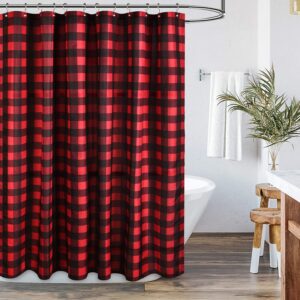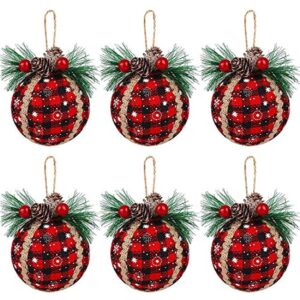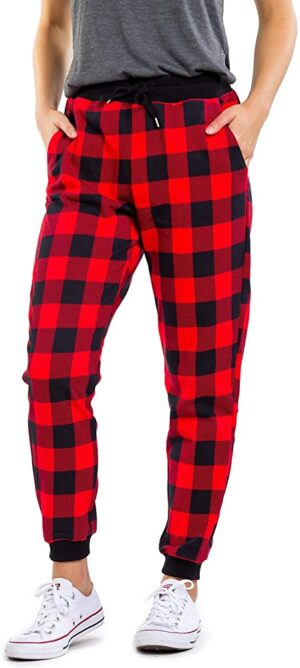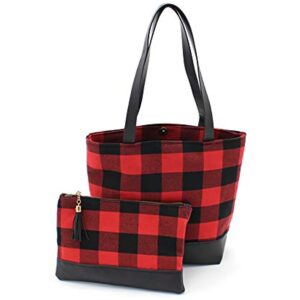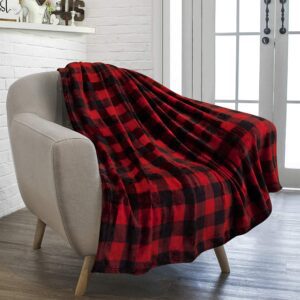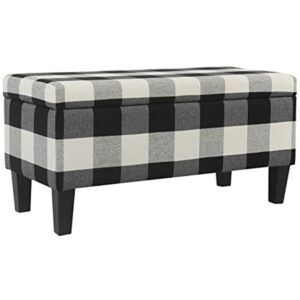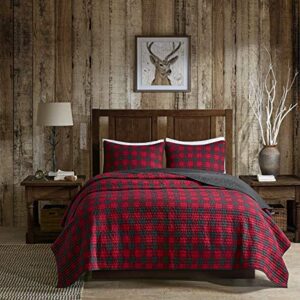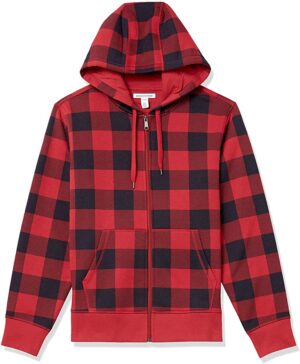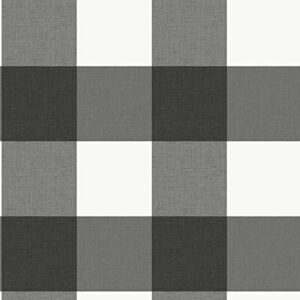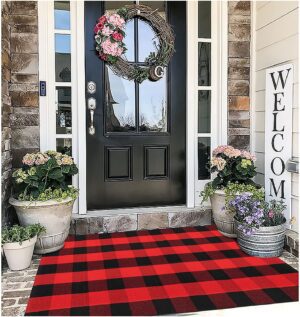In this article, you will learn the simple steps to create your own beautiful table runners and placemats. Whether you want to add a touch of elegance to your dining table or create personalized gifts for your loved ones, this DIY project is perfect for beginners and experienced crafters alike. With just a few materials and some creativity, you can easily make these functional and stylish pieces that will enhance any table setting. Get ready to unleash your inner artist and impress your guests with your handmade creations!
Understand the Basics
Defining Table Runners and Placemats
table runners and placemats are essential items for any dining table or kitchen countertop. They both serve a decorative as well as a functional purpose. A table runner is a long, narrow piece of fabric that is placed in the center of the table, running the length of it. It acts as a focal point, adding style and visual interest to the table. On the other hand, placemats are individual fabric mats that are placed at the plates’ positions. They protect the table surface from spills and stains and provide a defined space for each diner.
Why Make Your Own Table Runners and Placemats
Making your own table runners and placemats allows you to unleash your creativity and personalize your dining experience. When you create your own, you have control over the design, size, fabric, and overall theme. You can match them to your existing decor or create a unique statement piece. Homemade table runners and placemats also make wonderful gifts that show your thoughtfulness and care.
What Types of Materials You Can Use
The possibilities for materials are vast when it comes to making table runners and placemats. Cotton and linen are popular choices due to their durability, ease of sewing, and wide array of patterns available. If you prefer a more formal look, silk or satin can add a touch of elegance to your table. For a rustic or farmhouse style, burlap or canvas can be used. Additionally, you can experiment with different textures, such as velvet or lace, to add a unique touch to your table setting.
Design Basics for Table Runners
Choosing the Right Size
Table runners should be proportionate to the size of the table. Measure the length and width of your table, leaving enough overhang on each end for a balanced look. A general guideline is to leave around 6 to 12 inches of overhang, but this can vary depending on personal preference and the overall aesthetic you want to achieve.
Selecting the Ideal Fabric
Consider both the style and practicality of the fabric when choosing the material for your table runner. If you have young children or frequently host gatherings, opt for a fabric that is easy to clean and can withstand spills. If you want a more formal or luxurious look, choose a fabric with a slight sheen or a delicate pattern.
Choosing a Pattern or Decorative Elements
The pattern or decorative elements of your table runner will contribute greatly to its overall aesthetic. Think about the existing decor in your dining area and choose a pattern that complements it. You can go for bold and vibrant patterns to make a statement or opt for a more subtle design that adds a touch of elegance. Consider using decorative elements such as ribbons, trims, or appliques to add texture and visual interest to your table runner.
Design Basics for Placemats
Choosing the Right Size
Placemats, like table runners, should be proportionate to the size of the table. Measure the dimensions of your plates and utensils to determine the ideal size for your placemats. A standard size is typically around 12 to 14 inches wide and 18 to 20 inches long, but you can adjust these measurements based on your preferences and table size.
Selecting the Ideal Fabric
When selecting fabric for your placemats, consider both durability and aesthetics. Look for fabrics that are easy to clean, stain-resistant, and can withstand frequent use and washing. Cotton or linen blends are usually a good choice, as they are sturdy, absorbent, and easy to maintain. If you prefer a more luxurious look, consider using silk or satin for a special occasion.
Choosing a Pattern or Decorative Elements
Placemats offer an opportunity to showcase your personal style and create a cohesive table setting. Choose a pattern or design that complements your table runner and the overall theme of your dining area. Solid colors can create a clean and sophisticated look, while patterns can add visual interest and personality. Consider using decorative elements such as piping, contrasting borders, or embroidery to elevate the design of your placemats.
Gathering Necessary Supplies
List of Required Materials
To make your own table runners and placemats, you will need the following supplies:
- Fabric: Choose the fabric of your choice for both the table runner and placemats.
- Scissors: Sharp fabric scissors are essential for cutting the fabric accurately.
- Sewing machine: A sewing machine will make the sewing process faster and more efficient.
- Thread: Select thread that matches or complements your chosen fabric.
- Measuring tape or ruler: Use a measuring tape or ruler to measure and mark the fabric accurately.
- Pins: Pins will keep the fabric in place while you sew.
- Iron: An iron is essential for pressing the fabric and creating crisp seams.
Where to Source Materials
You can find a wide range of fabric options at local fabric stores or online fabric retailers. Look for stores that offer a variety of patterns, colors, and textures to suit your preferences. It’s also worth checking out fabric remnants and sales for potential discounted options. Additionally, sewing supplies such as scissors, thread, pins, and measuring tape can be found at craft stores or online.
Budgeting for Your Project
Creating your own table runners and placemats can be a cost-effective alternative to purchasing them ready-made. Determine your budget and consider the cost of the fabric, sewing supplies, and any additional decorative elements you plan to incorporate. By planning ahead, you can make the most of your budget and maximize your creativity.
Making a Table Runner
Cutting the Fabric
Start by measuring and cutting the fabric according to the desired dimensions of your table runner. Remember to include the necessary overhang on each end. Use a measuring tape or ruler to mark the fabric accurately, and use sharp fabric scissors to cut along the marked lines.
Sewing the Edges
To prevent the fabric from fraying, sew the raw edges. Fold each edge of the fabric about half an inch towards the wrong side and press with an iron to create a clean edge. Then, fold the fabric another half inch and press again. Pin the folded edges in place and sew along the entire length of the table runner, making sure to backstitch at the beginning and end to secure the stitching.
Adding Decorative Elements
To enhance the visual appeal of your table runner, consider adding decorative elements such as ribbons, trims, or appliques. Measure and cut the chosen decorative elements to the desired length, and sew them onto the right side of the table runner using a sewing machine or hand stitching. Take your time to ensure the decorative elements are evenly spaced and securely attached.
Final Steps and Finishing
After adding the decorative elements, give your table runner a final press with an iron to ensure a polished finish. Trim any loose threads and inspect the table runner for any imperfections. Your homemade table runner is now ready to dress up your table and impress your guests.
Making Placemats
Cutting the Fabric
Measure and cut the fabric for your placemats according to the desired dimensions, considering the size of your plates and utensils. Use a measuring tape or ruler to mark the fabric accurately, and use sharp fabric scissors to cut along the marked lines.
Sewing the Edges
To prevent fraying and create clean edges, follow the same steps as for the table runner. Fold each edge of the fabric about half an inch towards the wrong side and press with an iron. Then, fold the fabric another half inch and press again. Pin the folded edges in place and sew along the entire perimeter of the placemat, backstitching at the beginning and end for added durability.
Adding Decorative Elements
Just like with the table runner, you can add decorative elements to your placemats to elevate their design. Consider using coordinating trims, contrasting borders, or personalizing them with embroidery. Measure and cut the decorative elements to the desired length, and sew them onto the right side of the placemat using a sewing machine or hand stitching.
Final Steps and Finishing
After adding the decorative elements, give your placemats a final press with an iron to ensure clean lines and remove any wrinkles. Trim any loose threads and inspect the placemats for any imperfections. Your homemade placemats are now ready to enhance your table setting and make every meal feel special.

Tips for Making Coordinated Sets
Choosing Coordinating Fabrics
To create a cohesive look, choose fabrics for your table runners and placemats that complement each other. Consider selecting fabrics from the same color palette or using coordinating patterns. This will tie your table setting together and create a polished and harmonious look.
Creating a Cohesive Design
In addition to coordinating fabrics, consider other elements such as decorative trims or embroidery designs that can be used on both the table runner and placemats. By using similar decorative elements, you can create a visual connection between the two, making them feel like a coordinated set.
How to Mix and Match Patterns
If you prefer a more eclectic or vibrant look, don’t be afraid to mix and match patterns. Choose fabrics that share a common color or theme, and combine them in a way that adds visual interest without overwhelming the eye. Consider using one pattern for the table runner and a complementary pattern for the placemats, keeping the overall color scheme in mind.
Advanced Techniques
Quilting Techniques for Table Runners and Placemats
If you want to take your table runners and placemats to the next level, consider incorporating quilting techniques. Quilting adds dimension and texture to your creations. You can experiment with different quilt patterns and techniques, such as patchwork, applique, or free-motion quilting, to create stunning and unique designs.
Using Specialty Fabrics and Materials
To add a touch of luxury or uniqueness to your table runners and placemats, consider using specialty fabrics and materials. Velvet, lace, or metallic fabrics can create a dramatic effect. Additionally, you can incorporate unconventional materials such as leather or faux fur for a bold and avant-garde look. These specialty fabrics and materials can elevate your table setting and make it truly one-of-a-kind.
Incorporating Different Sewing Techniques
Expand your sewing skills by incorporating different techniques into your projects. Experiment with decorative stitches, piping, or pleating to add interest to your table runners and placemats. These techniques can enhance the overall design and create a professional and polished finish. Don’t be afraid to try new sewing techniques and push the boundaries of your creativity.
By following these comprehensive guidelines, you can now confidently embark on the journey of making your own table runners and placemats. With your creativity and attention to detail, you will create beautiful pieces that not only enhance your dining experience but also reflect your unique style. So grab your fabric, sewing supplies, and let your imagination run wild. Your dining table will soon become a centerpiece of elegance and charm.






